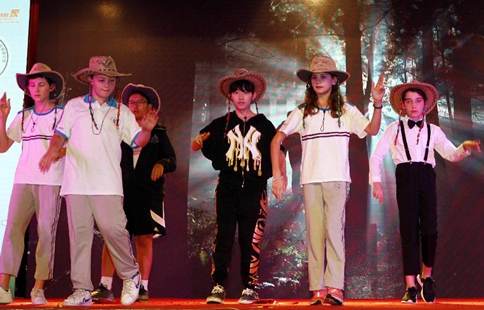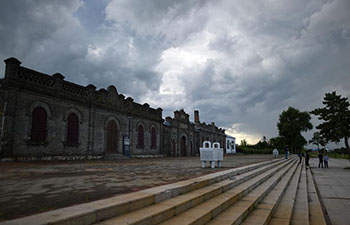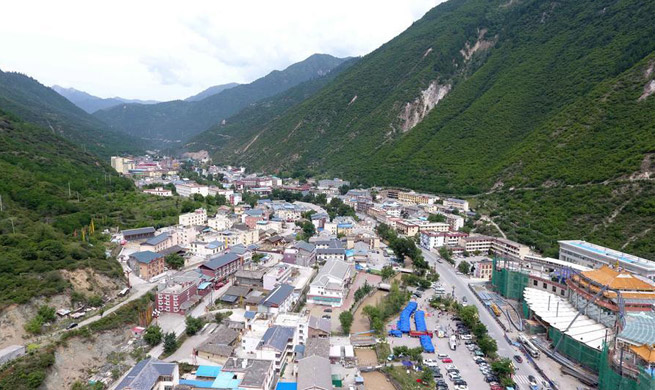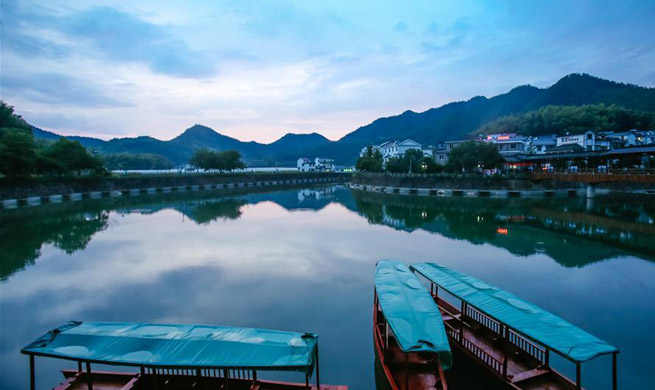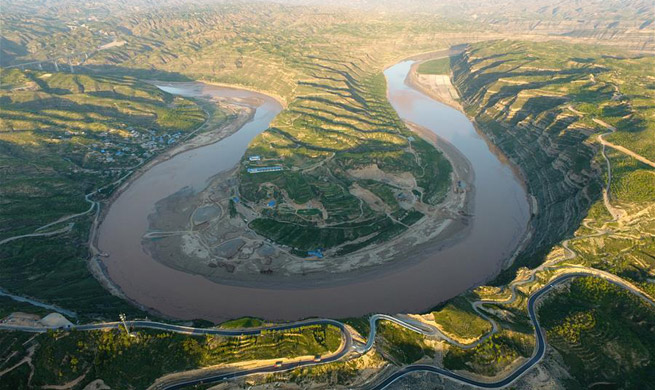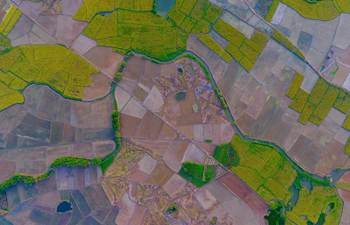by Stefania Fumo
ROME, Aug. 10 (Xinhua) -- Italy's grape harvest has started 10 days earlier than last year due to record heat and drought caused by climate change, farmers and government experts say.
The national harvest traditionally kicks off in the country's northern regions with the picking of the first bushel of white Chardonnay grapes for Italy's sparkling wines, known as "spumante".
This year, the first bushel was picked in the northern Franciacorta area on Aug. 4 -- well ahead of the traditional date, which usually falls around the Aug. 15 "Ferragosto" national holiday.
Temperatures throughout the country have risen 3.2 degrees Celsius above the national average this summer, while rainfall dropped by 55 percent in June compared to the average in previous years, according to the farm ministry.
"Italy is currently experiencing dramatic drought conditions," the National Research Center (CNR) wrote in a recent report. "Rainfall totals in the first half of 2017 were 80 percent below normal in several parts of Italy. In southern Italy, the drought has led to abundant wildfires causing economic damages and losses of forests."
While record high temperatures and drought will likely result in 15-20 percent fewer grapes than last year, the quality of this year's harvest should be "excellent" because the drought has killed off many grape diseases, according to a statement from the General Confederation of Italian Agriculture (Confagricultura), which represents 145,200 farms.
The 2017 harvest affects 200,000 wine businesses with vineyards stretching over 650,000 hectares, according to Coldiretti farmers' association.
The wine sector in Italy generates over 10.5 billion euros (about 12.31 billion U.S. dollars) in sales and employs 1.3 million people, Coldiretti said.
Italy marked a historic record in terms of wine exports in the first four months of 2017, which rose 4.7 percent compared to last year, when exports totaled 5.6 billion euros, Coldiretti said in a report based on numbers from Istat national statistics agency.
This summer has been among the hottest and most drought-ridden of the past 200 years, causing losses of over 2 billion euros to farms and livestock so far, Coldiretti said in its latest report.
The most affected crops are grains, tomatoes, olives, vegetables, legumes, and hay for animal fodder.
Across Italy, about two-thirds of cultivated land is drought-stricken and farmers are having a hard time locating water to save their harvests, according to the Coldiretti report.
Half of Italy's 20 regions are requesting natural disaster status due to ongoing water scarcity and yield losses, the CNR said.
In July, agriculture minister Maurizio Martina announced sweeping emergency measures in response to the drought, which he said was caused by climate change.
Meanwhile, the environment ministry is drafting a national plan for adaptation to climate change, which Environment Minister Gian Luca Galletti called "an essential strategic tool" for Italy to withstand the effects of climate change.








